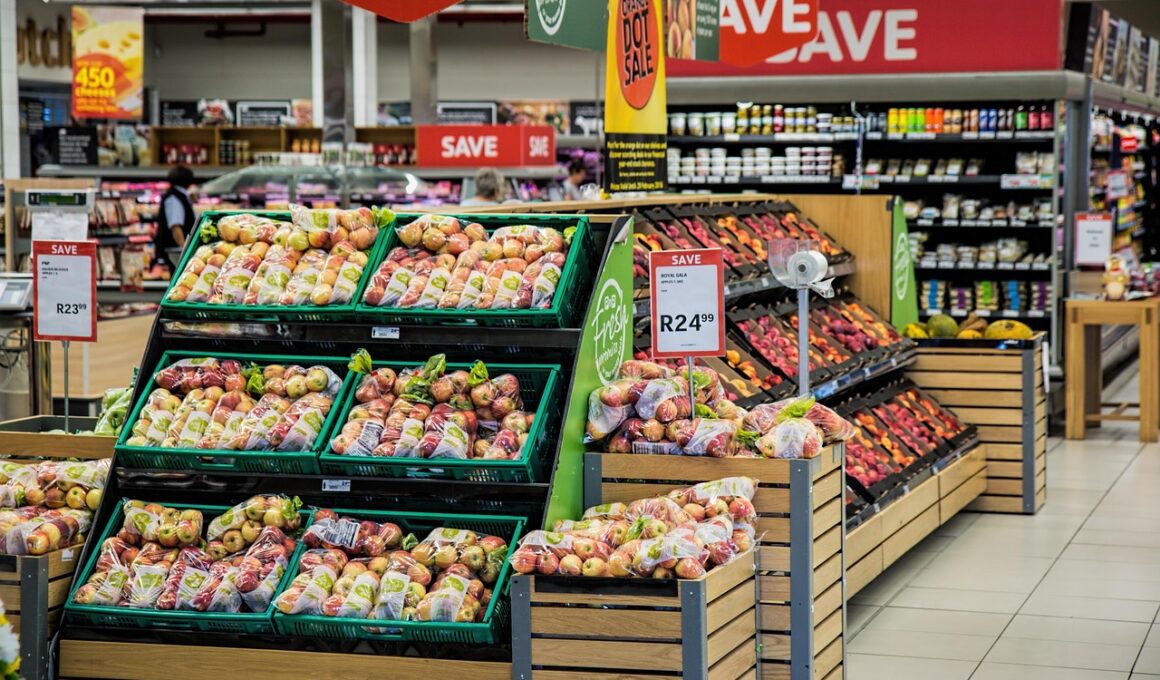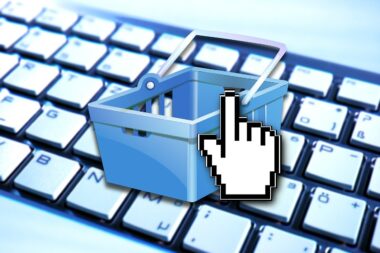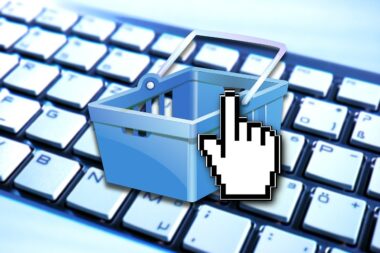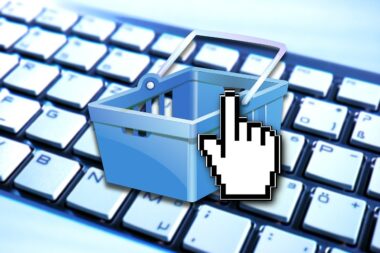Mastering Retail Up-Selling Techniques to Boost Sales
In the competitive world of retail, up-selling techniques play a crucial role in driving sales and increasing customer satisfaction. Effective up-selling strategies not only enhance the shopping experience but also increase the average transaction value. To successfully implement retail up-selling techniques, it’s essential to understand customer behavior and tailor your approach accordingly. One effective strategy is to train your sales team on recognizing opportunities to offer complementary products. Sales staff should be empowered to make personalized recommendations based on what customers are purchasing. Moreover, educating customers about the advantages of certain products can lead to more informed decisions. By emphasizing the benefits and value of higher-priced items, you can cultivate a desire for these products. Additionally, utilizing promotions and bundle offers can entice customers to spend more, while loyalty programs reward repeat purchases. Overall, implementing well-thought-out up-selling techniques can significantly enhance your sales performance and create lasting customer relationships.
Creating an engaging store environment is vital for effective up-selling. Factors such as attractive product displays, well-organized aisles, and a welcoming atmosphere can influence customer behavior. Visual merchandising techniques should highlight premium products and encourage impulse buying. Use signage to draw attention to special offers or new arrivals, and consider placing up-sell items near the checkout area to prompt last-minute purchases. Equally, training staff to engage with customers positively contributes to a memorable shopping experience. They should be approachable and knowledgeable, ready to answer questions and suggest related items. Moreover, personalizing communication by remembering customer preferences can foster loyalty. Customer feedback should be collected and analyzed to continually improve these tactics and adapt strategies to evolving consumer trends. To maximize up-selling success, retail businesses need to focus on creating a conducive shopping environment that not only invites customers but also inspires them to consider higher-quality products.
Utilizing Technology for Up-Selling
Advancements in technology have opened new avenues for up-selling in retail. Implementing customer relationship management (CRM) software allows stores to track buying patterns and tailor marketing offers accordingly. Personalized email campaigns can be created to remind customers of products they have previously shown interest in. Additionally, using recommendation algorithms on e-commerce platforms can suggest complementary or higher-end products at the point of sale. Understanding your customers helps develop targeted strategies that can effectively boost sales. Moreover, utilizing social media for engagement and showcasing upsell options can broaden your reach. Encourage customers to share their purchases and experiences on social platforms, creating social proof that can influence potential buyers. Overall, integrating technology into your up-selling strategy will make it even more effective as evidence demonstrates customers respond positively to personalized shopping experiences.
When approaching customers with up-sell options, timing is key. The most effective moments for suggesting additional products are typically right after a purchase decision is made or during shopping consultations. Proper listening skills are essential; understanding the customer’s needs and preferences allows sales staff to introduce relevant products seamlessly. Offering a solution to a customer’s specific requirement while also demonstrating the added value of an up-sell can increase the likelihood of conversion. Additionally, well-timed promotions can make customers more receptive, especially if they feel they are receiving unique offers or temporary discounts. It’s crucial to create a sense of urgency without being overly aggressive; customers appreciate the balance between guidance and pressure. Creating an atmosphere where customers feel comfortable asking questions will lead to better engagement and higher conversion rates for both up-sells and primary purchases.
Training Staff on Up-Selling Techniques
A successful up-selling strategy relies heavily on effective training for retail staff. Regular workshops and role-playing exercises can help employees practice their skills in realistic scenarios. Equipping them with product knowledge, including features, benefits, and pricing, is imperative. Sales associates should feel confident when discussing products, ensuring they can answer questions or provide alternatives. Furthermore, incentivizing successful up-selling can motivate staff to engage with customers proactively. Implementing reward systems can encourage individuals to aim for higher sales results, ultimately benefiting the entire team. When staff feels empowered and equipped, they can contribute to improving the overall sales performance. Fostering a culture of learning will ensure up-selling becomes a natural part of the sales experience, leading to improved customer satisfaction and increased revenue.
Monitoring and analyzing sales data are essential components of refining up-selling techniques. Retailers should track sales performance metrics related to up-selling, such as conversion rates and average order values, to identify successful strategies. Using this data allows businesses to adapt and enhance their approaches continually. Regularly reviewing which products are frequently up-sold can provide insights into customer preferences, guiding future training and promotional efforts. Additionally, gathering feedback from staff on customer interactions can offer valuable perspectives on improving strategies. Strategies that perform well in one season may not work as effectively in another, necessitating flexibility and adaptation. Continuous learning and adjustment in response to sales data and customer behavior can maximize up-selling opportunities and achieve sustained business growth.
The Role of Customer Experience in Up-Selling
Ultimately, the foundation of effective up-selling is a strong focus on customer experience. Customers who feel valued and understood are more likely to consider premium items or additional purchases. Providing a pleasant and aesthetically pleasing in-store ambiance can enhance customer perception of value. Tailoring the shopping experience based on individual preferences leads to stronger connections between sales staff and customers. Furthermore, leveraging customer feedback to refine the shopping experience allows retailers to remain responsive to their audience. Fostering a supportive sales environment where customers can ask questions and seek advice builds trust. An emotional connection significantly contributes to successful up-selling; when customers feel understood, they are more inclined to respond positively to attempted suggestions. Striving to improve overall customer satisfaction sets the stage for successful up-selling, enhancing relationships and creating loyal customers.
As we conclude, mastering retail up-selling techniques requires a combined commitment to understanding customers, optimizing the shopping experience, and utilizing technology effectively. It demands a well-trained sales team, a clear strategy, and consistent monitoring of performance. Retailers must remain flexible and willing to adapt based on both staff feedback and data analysis. Engaging customers at the right moments enhances the likelihood of successful up-sells while creating a strong foundation for lasting customer relationships. The end goal isn’t just higher sales; it’s about cultivating a loyal customer base that feels appreciated and valued. Investing in effective up-selling techniques pays off in the long term through enhanced sales performance, improved customer loyalty, and an enriched shopping experience.





